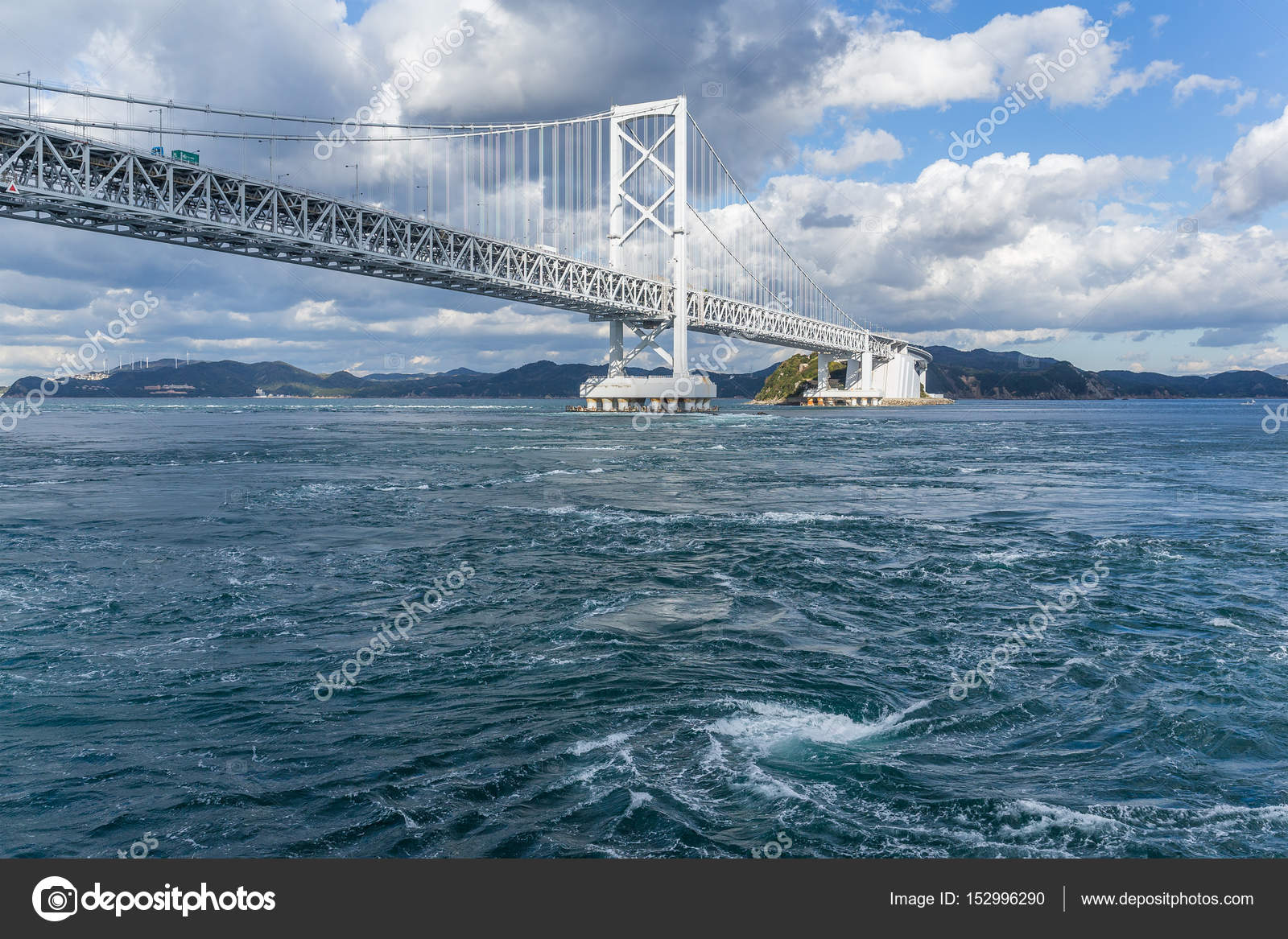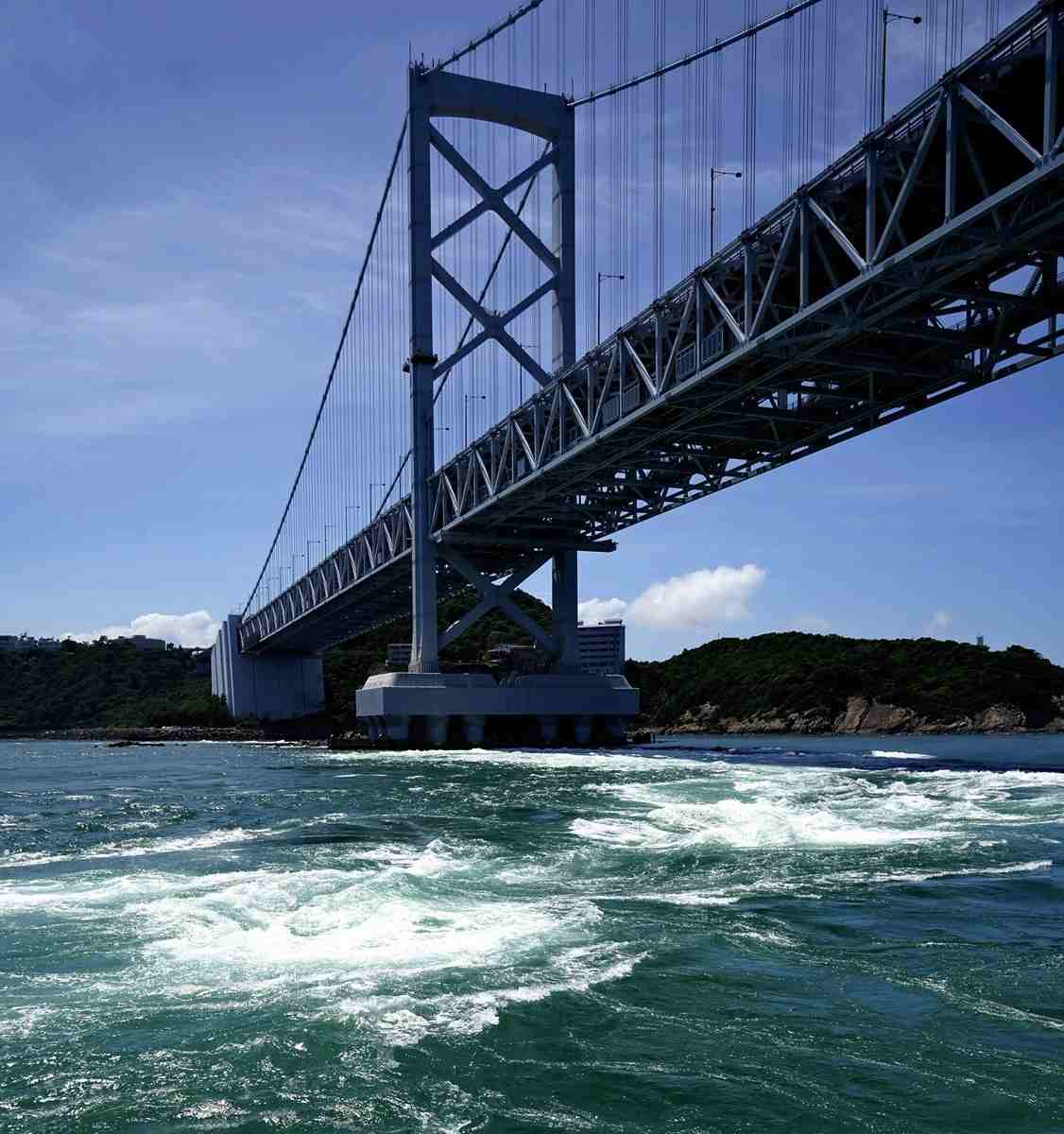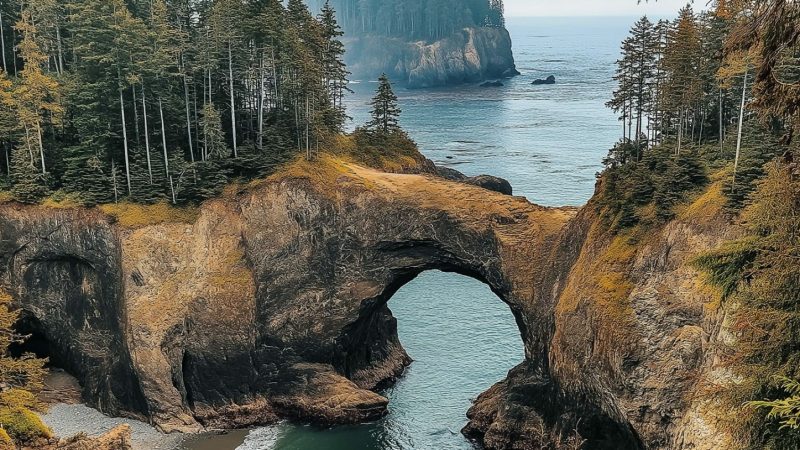Unleashing The Power Of The Sea: Exploring The Mysteries Of Maelstroms

The untamed power of the sea has always held a profound fascination for humanity, and among its many enigmatic phenomena, maelstroms stand as some of the most captivating and awe-inspiring. These swirling vortexes of water, often associated with myth and legend, have long intrigued adventurers and scientists alike. Join us as we embark on a journey to explore the mysteries of maelstroms.

A maelstrom, often referred to as a whirlpool, is a dynamic and tumultuous natural phenomenon characterized by the rapid circulation of water. It occurs when opposing tidal currents or powerful ocean currents collide, creating a whirlpool effect. The word “maelstrom” itself is of Nordic origin, originating from the Old Norse term “malström,” which means “whirling stream.”

Throughout history, maelstroms have been steeped in myth and legend. One of the most famous references is Edgar Allan Poe’s short story, “A Descent into the Maelström,” which tells the tale of a sailor’s harrowing encounter with a colossal whirlpool off the coast of Norway. Such stories have contributed to the mystique and fear surrounding these natural wonders.

One of the most renowned maelstroms in the world is the Saltstraumen Maelstrom in Norway. Located in the Arctic Circle, it is the strongest tidal current globally, with speeds that can reach up to 22 miles per hour (36 kilometers per hour). The maelstrom occurs as the tide flows into and out of a narrow strait, causing massive whirlpools and turbulent waters.

Maelstroms are driven by the complex dynamics of tidal forces, bathymetry (the shape of the seabed), and underwater geography. When tidal currents funnel through narrow channels or collide with underwater obstructions, they can intensify, creating the swirling vortexes we associate with maelstroms.

While maelstroms are often viewed with trepidation, they play a crucial role in marine ecosystems. These turbulent waters stir up nutrients from the depths, which, in turn, attract a rich diversity of marine life. Maelstroms become vital feeding grounds for various species of fish and other marine creatures, contributing to the overall health and productivity of the ocean.

Despite their historical notoriety, maelstroms remain a scientific frontier. Researchers continue to study these phenomena to understand their intricate dynamics and potential impacts on ocean circulation and climate. As technology advances, scientists can employ remotely operated vehicles and sophisticated instruments to explore maelstroms’ hidden depths and unravel their mysteries.

Maelstroms are a testament to the immense power of the natural world. Their breathtaking whirlpools and turbulent waters remind us of the Earth’s dynamic and ever-changing nature. They inspire awe and reverence, as well as a sense of wonder at the enigmatic forces that shape our planet.
While maelstroms have long been symbols of danger and chaos, they also symbolize the profound beauty and complexity of the oceans. As we continue to explore and study these natural wonders, we uncover a deeper understanding of the mysteries that lie beneath the surface of the sea, inviting us to appreciate the boundless wonders of our planet.



